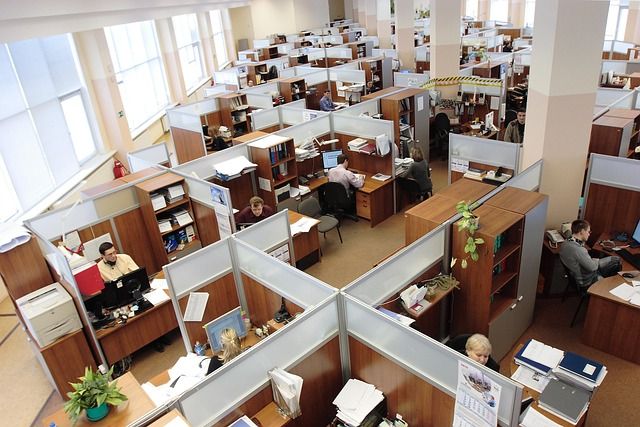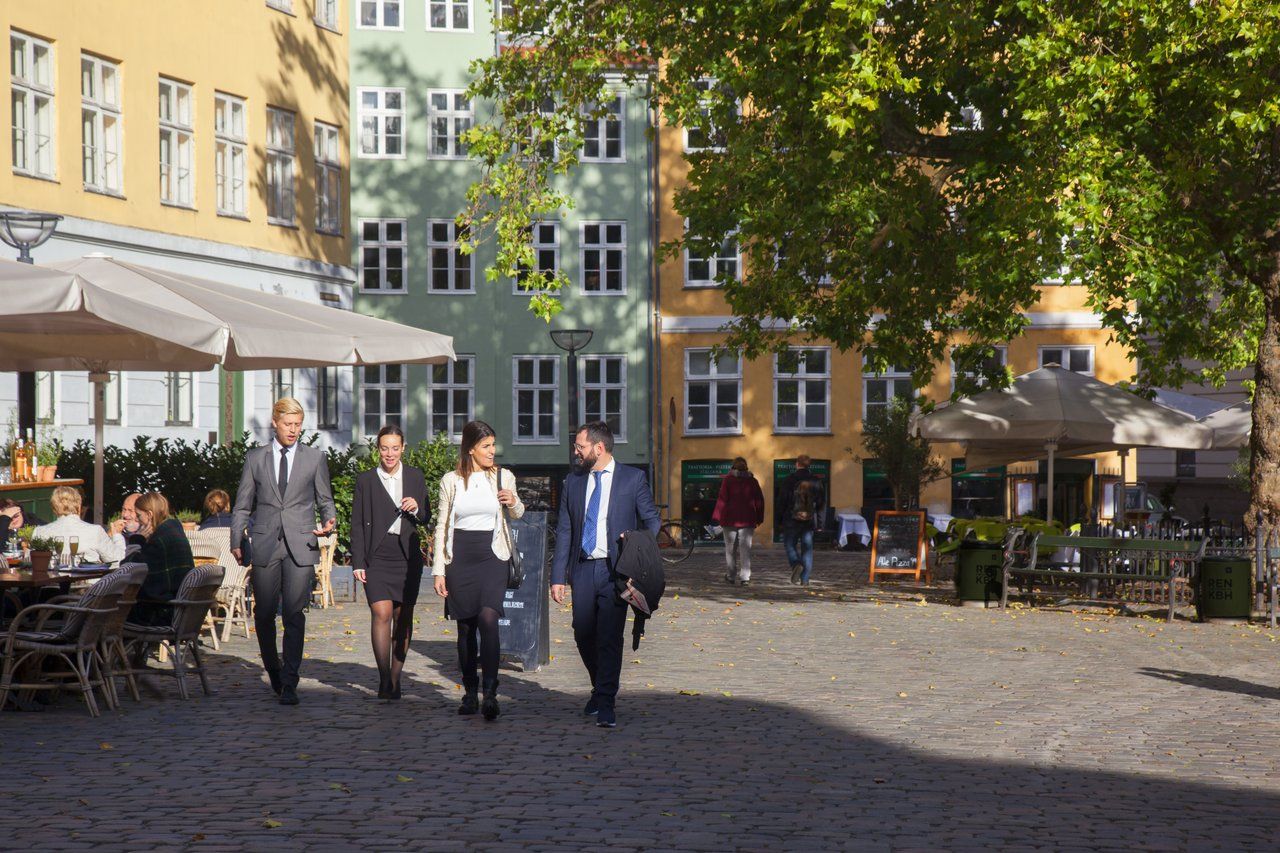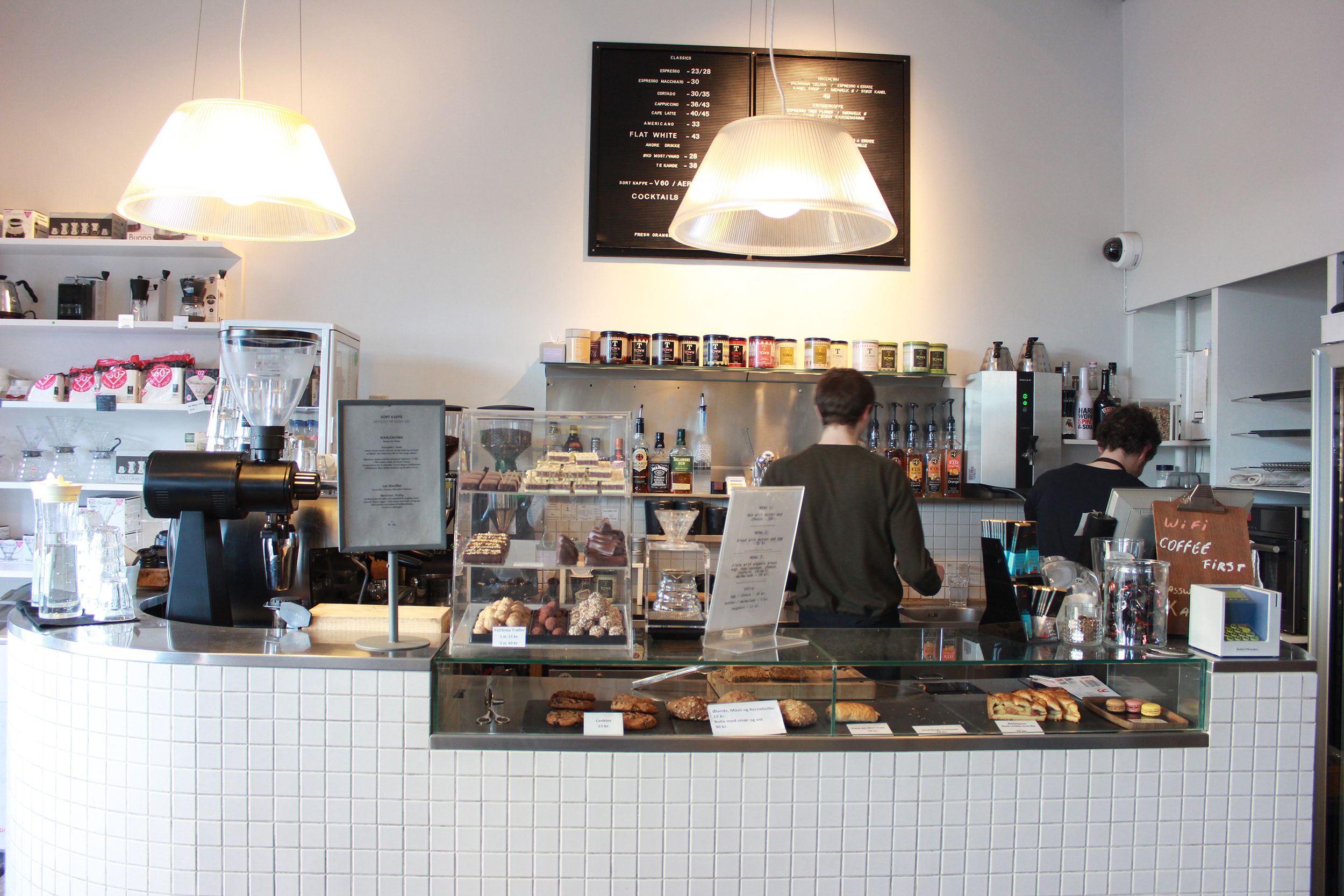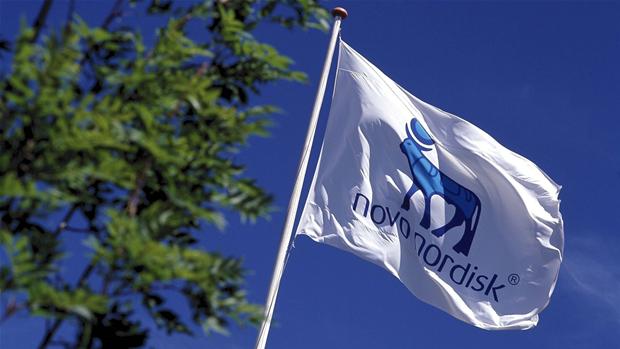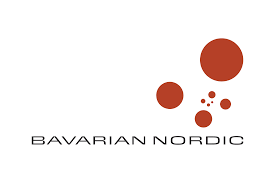On Esplanaden, a street that runs between Bredgade and Store Kongensgade, you will find Bistro Boheme. You might not have heard of it or noticed it, but twice since its opening in May 2007, the restaurant has been elected the best brasserie in Denmark. The owner, Per Thøstesen, is a well-known character within the Danish restaurant industry. After building a reputation at a French Michelin-star kitchen and a five star hotel in Bali, he was one of the pioneers of the 1990s fusion cuisine, which he made famous as the head chef of the renowned Café Ketchup on Pilestræde.
With the opening of Bistro Boheme, however, Thøstesen put fusion behind him and decided to focus on traditional French and Danish food – or, as he says, “the food that people want”. According to Thøstesen, you don’t go to Bistro Boheme to get teased or challenged – there is nothing new and experimental here, it’s not Noma. Instead you go to Bistro Boheme for the flavours and the craftsmanship: “Bistro Boheme is like a safe haven; we serve traditional, familiar dishes and put all our focus on the taste. Everything is homemade from scratch, we use only the best produce and everything has been tasted and tried. It’s all about taste, taste and taste … and a lot of butter.”
Even though Bistro Boheme is an upmarket restaurant, the atmosphere is still relaxed and unpretentious. My companion and I were seated at a table right in front of the kitchen on the ground floor of the restaurant, which has two floors and can hold 160 guests. The ambience was bright and airy with discreet music playing in the background. Our very knowledgeable and efficient waiter for the evening quickly made us feel welcome and at ease. Water and two types of delicious homemade bread with butter were quickly brought to our table followed by an aperitif, which in this case was the house champagne from Gosset – the oldest wine house in Champagne. Needless to say, this was a very promising start to the evening.
When we had finished the champagne, the wine for our first course was served: a 2011 Pinot Blanc Kritt from Domaine Remy Gresser in Alsace. It was a lovely fruity wine that went very well with our starter: asparagus and pea soup with bacon and soured cream. Both my companion and I were a bit sceptical as neither of us are especially big fans of either asparagus or peas. However, we were very pleasantly surprised. But the soup was absolutely delicious – creamy, light, fresh and summery – maybe the best dish of the night.
Next up was a 2011 white wine from Austria called Grüner Veltliner Kamptal from Fred Loimer – a light, fresh wine with a slight tingle on the tongue. With this wine we were served one of the restaurant’s most popular dishes: king crab mixed with mayonnaise, dill and lime on guacamole and pickled tomato with capers, grape fruit, cress and cucumber in white balsamic vinegar. The creaminess of the crab and the guacamole was very well balanced with the freshness and sourness of the grape fruit, capers and lime, and the slightly sweet wine really complemented the dish.
The next wine we were served was also a white wine, but this time a Chardonnay from Bourgogne. This one was a bit fatter and had a bit more volume than the other two white wines. The course to go with it was spectacular: Courgette flower in tempura with a poached egg inside, Danish lobster, white asparagus and crispy, cured ham from Skagen. The dish was a delight for both eyes and mouth, and again the wine and food were finely matched.
After three lovely starters it was time for the main course: Grilled tenderloin tournedos topped with fried foie gras served with green beans, red wine sauce, French fries and béarnaise sauce. This is Bistro Boheme’s most popular dish, and with good reason. The steak was so tender it almost melted in the mouth, and my companion declared the chips to be the best in Copenhagen. With the main course we had a lovely rich 2009 Tempranillo red wine from the Toro region in Spain.
The last course on our menu was Stewed rhubarb with crumble and rhubarb sorbet served with a beautiful sweet Schlicher rose from Austria. The wine was not overly sweet as some dessert wines tend to be, and it was a perfect match with the slightly sour rhubarbs. Our evening ended with coffee and tea and full satisfaction.
Going to a restaurant like Bistro Boheme is not just going out for a meal – it is an experience on a par with going to the theatre or the opera filled with impressions, surprises, well-being as well as taste, taste, taste and – I’m sure – a lot of butter!
Bistro Boheme
Esplanaden 8, Cph K; 3393 9844, info@bistroboheme.dk
Open: Mon-Sat 11:30-24:00
Cuisine: French
Top Dish: Asparagus and pea soup
Price Range: Set menu options (excluding wine) available for 455kr, 535kr & 595kr
Chef’s table menu: 1,800kr PP (minimum 15 diners – includes wine) www.bistroboheme.dk







